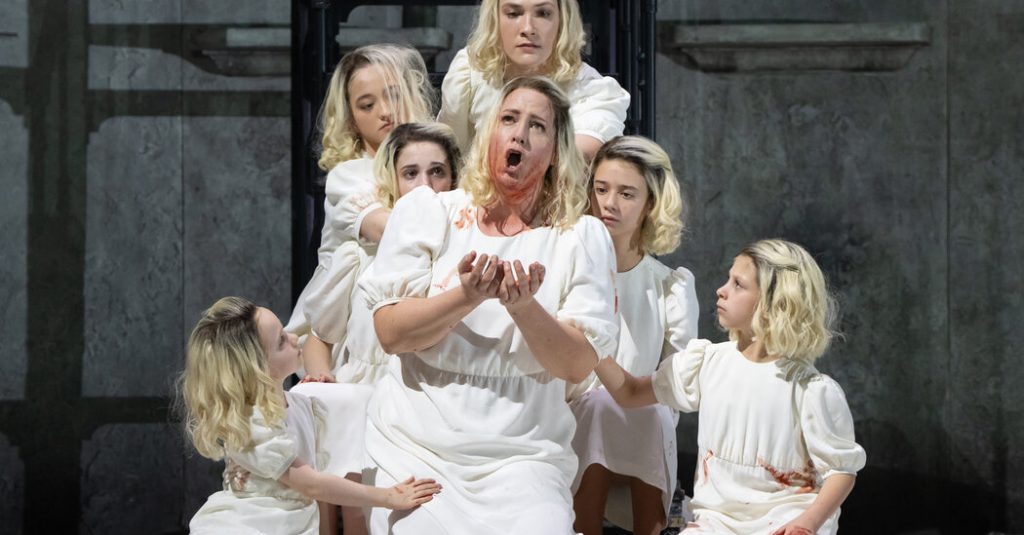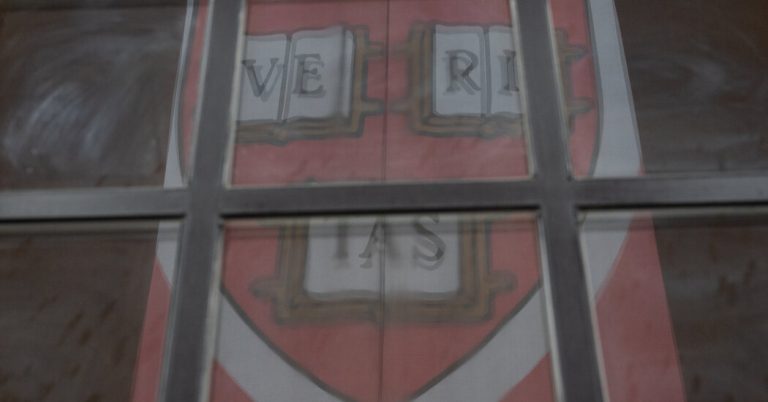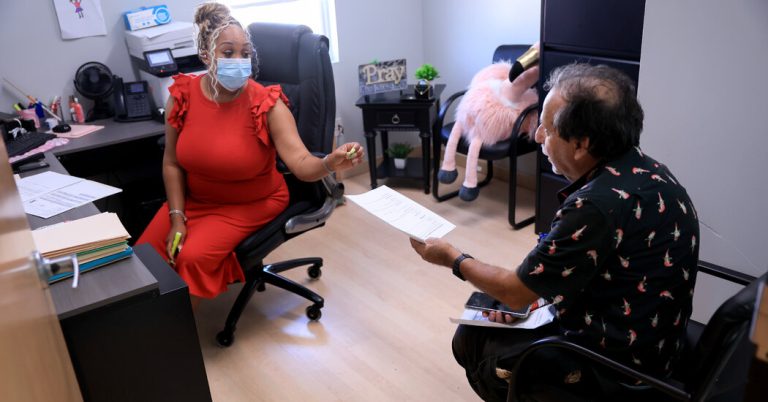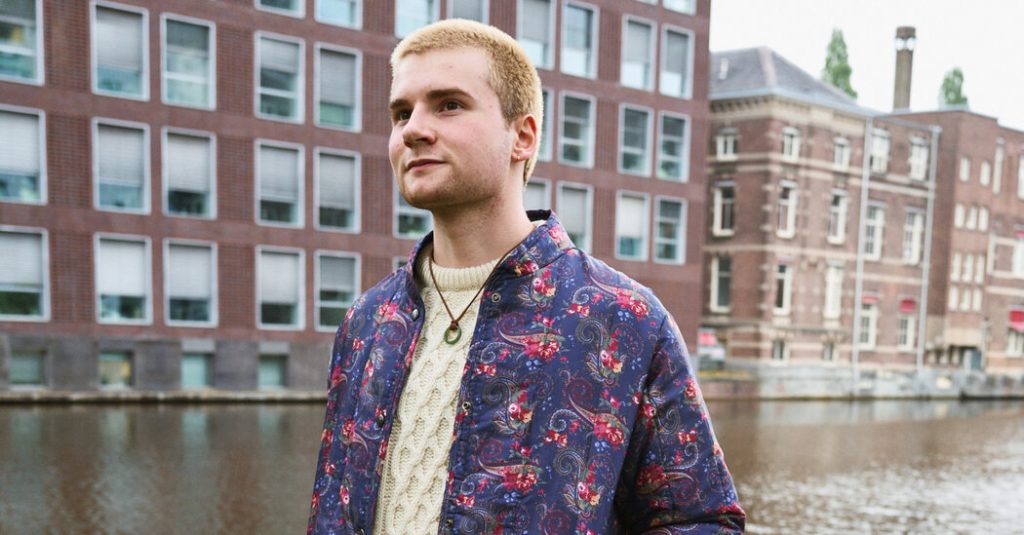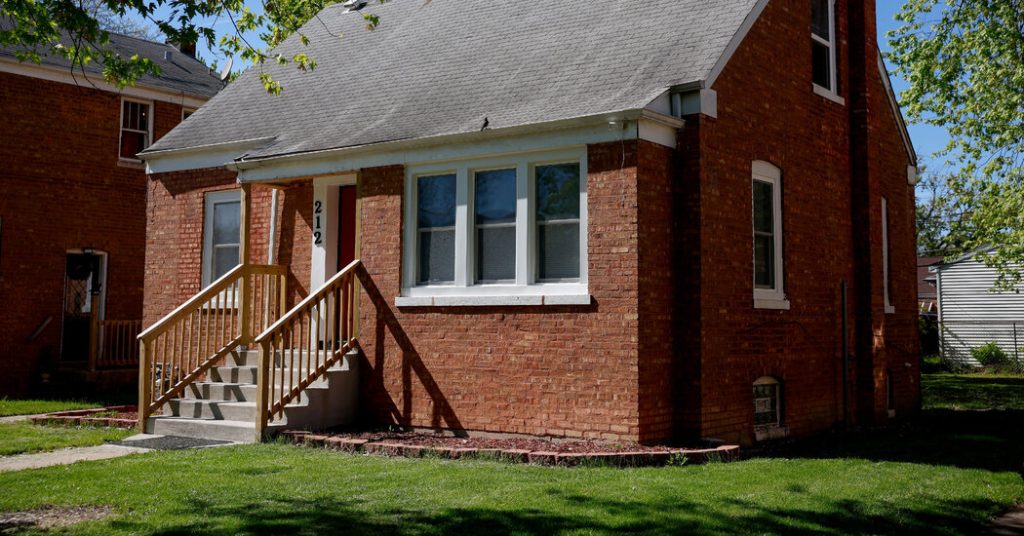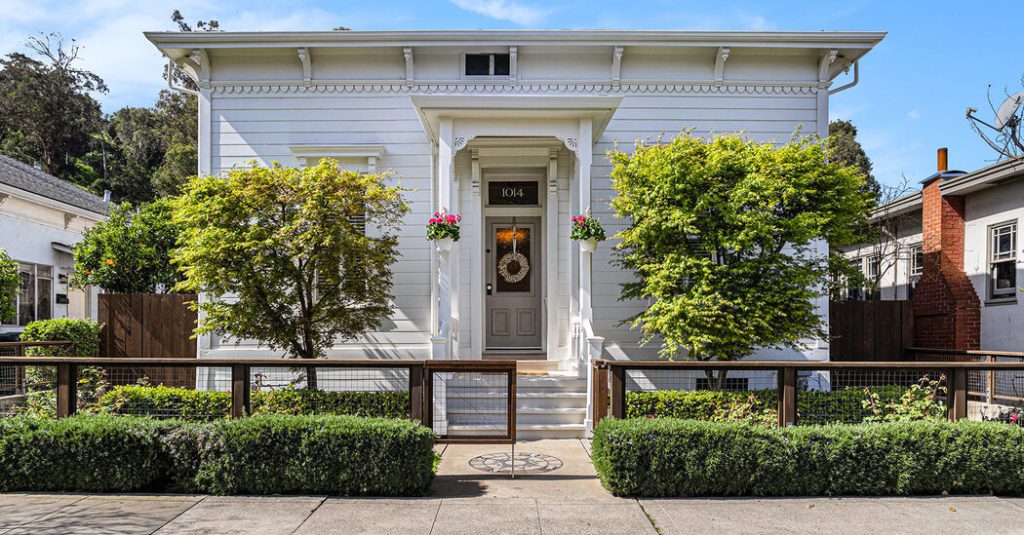The first sound in the Metropolitan Opera’s new production of “Salome” isn’t the wriggle of clarinet that begins Strauss’s score. It’s the tinkle of a music box, while a little girl plays with a doll at the lip of the stage. Projected on the curtain behind her is a giant image of herself, slowly twirling.
She suddenly gets angry at the toy and begins beating it against the ground. Even before the orchestra squirms in, Claus Guth’s grimly effective staging has made clear its preoccupations: childhood, dancing, violence.
Guth, one of Europe’s busiest directors and making his Met debut with this production, is also fascinated by multiple versions of the self. Starring the soprano Elza van den Heever — simultaneously innocent and hardened, sounding silvery yet secure — this “Salome,” which opened on Tuesday, gives its title character not one youthful double, but six.
The group of Salomes, progressing in age from perhaps a kindergartner to the 16-year-old played by van den Heever, is dressed in matching dark frocks, giving hints of “The Shining” and Diane Arbus photographs.
Guth, placing the action in a dour black mansion around the turn of the 20th century, has shifted from ancient to modern times Strauss’s 100-minute, one-act adaptation of Oscar Wilde’s scandalous play. “Salome” depicts, in decadent music inspired by the flowery language of the Symbolists, the biblical princess who was drawn to and rejected by John the Baptist and who demanded that he be decapitated by her depraved stepfather, King Herod.
